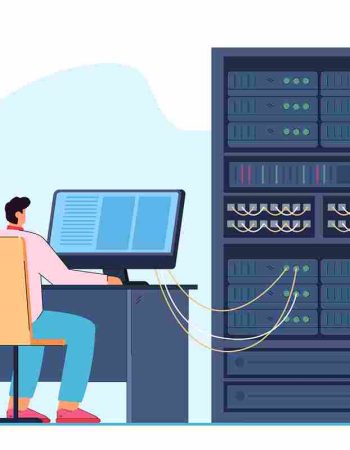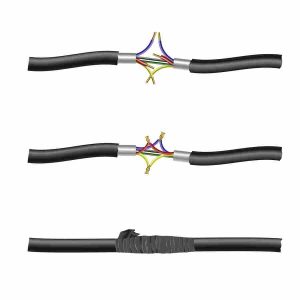In the digital age, where connectivity forms the backbone of every business operation, the importance of robust data cabling installation cannot be overstated. Whether you’re setting up a new office or upgrading your existing infrastructure, getting the cabling right is crucial for seamless communication, reliable data transfer, and overall operational efficiency. In this comprehensive guide, we’ll explore the best practices and considerations for optimizing your network through effective data cabling installation.
Understanding Data Cabling Basics
Before delving into best practices, it’s essential to understand the fundamentals of data cabling. Data cabling refers to the physical medium through which data is transmitted between network devices. This includes cables such as Ethernet, fiber optic, and coaxial cables, among others. The quality of these cables and how they are installed can significantly impact network performance.
Best Practices for Data Cabling Installation
1. Plan Thoroughly
Successful data cabling installation begins with meticulous planning. Consider factors such as the layout of your workspace, the number of devices to be connected, future scalability needs, and the types of data to be transmitted. A detailed floor plan and network diagram can help you visualize the cabling requirements and ensure optimal placement.
2. Choose the Right Cabling Type
Selecting the appropriate cabling type is crucial to meet your network’s requirements. Fiber optic cables offer high-speed data transmission over longer distances and are ideal for environments where electromagnetic interference is a concern. Assess your bandwidth needs, environmental factors, and budget constraints before deciding on the cabling type.
3. Follow Standards and Regulations
Adhering to industry standards and regulations ensures that your data cabling installation is safe, reliable, and compliant with legal requirements. Standards such as TIA/EIA (Telecommunications Industry Association/Electronic Industries Association) provide guidelines for cable installation, including specifications for cable length, termination, and testing procedures. Compliance with these standards helps minimize network downtime and ensures compatibility with future technologies.
4. Plan for Future Growth
Anticipate future growth and technological advancements when designing your data cabling infrastructure. Incorporate flexibility into your installation by using modular components and allowing for additional capacity. This foresight reduces the need for costly retrofits or expansions as your network requirements evolve over time.
5. Ensure Proper Cable Management
Effective cable management not only enhances the aesthetic appeal of your workspace but also contributes to network performance and maintenance efficiency. Use cable trays, racks, and cable ties to organize and secure cables, minimizing the risk of damage from tangling or accidental pulls. Labeling cables at both ends facilitates troubleshooting and maintenance tasks, saving time and effort in the long run.
6. Employ Qualified Professionals
While DIY approaches may seem cost-effective, hiring experienced professionals for data cabling installation is highly recommended. Certified technicians possess the expertise to handle complex installations, ensure adherence to standards, and conduct thorough testing and certification of the cabling infrastructure. This professional oversight minimizes installation errors and optimizes network performance from the outset.
7. Conduct Comprehensive Testing
After installation, conduct rigorous testing of the cabling infrastructure to validate performance and identify any potential issues. Testing procedures, such as continuity testing, cable certification, and signal quality analysis, ensure that the installed cables meet specified performance criteria. Addressing any deficiencies promptly improves network reliability and minimizes the risk of downtime due to faulty cabling.
8. Document the Installation
Maintaining accurate documentation of the data cabling installation is essential for future reference and troubleshooting. Document details such as cable types, lengths, termination points, testing results, and warranties. This documentation serves as a valuable resource for network administrators, enabling efficient management, upgrades, and expansions as your organization grows.
Conclusion
Optimizing your network through effective data cabling installation requires careful planning, adherence to standards, and attention to detail. By following best practices such as thorough planning, selecting the right cabling type, and engaging qualified professionals, you can create a robust and reliable network infrastructure that supports your organization’s current and future needs. Remember, investing in high-quality cabling and professional installation pays dividends in improved network performance, enhanced productivity, and seamless connectivity for years to come.
Implement these best practices in your data cabling installation project, and empower your business with a network infrastructure that supports growth, innovation, and operational excellence.




